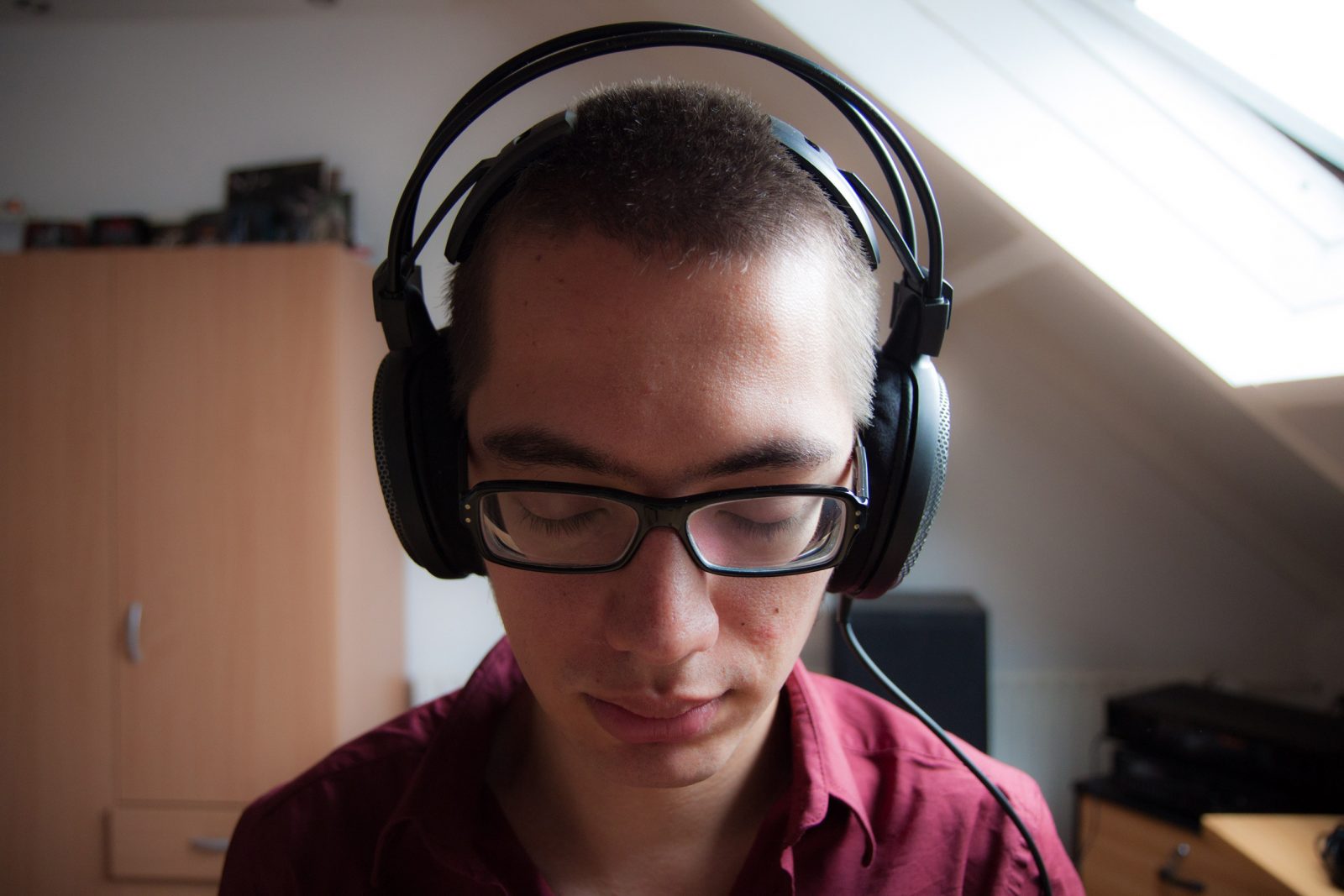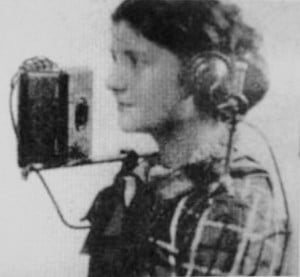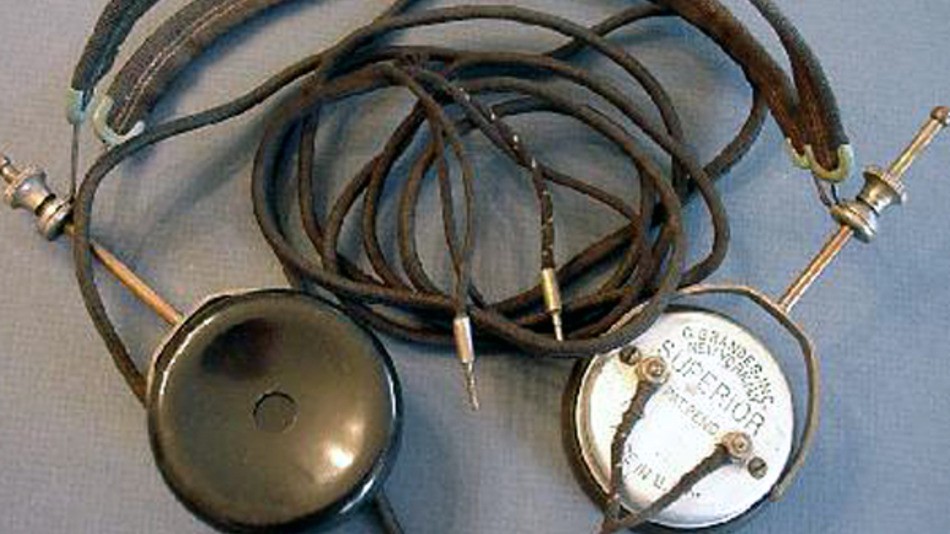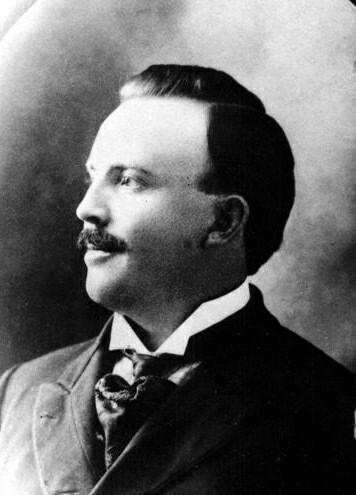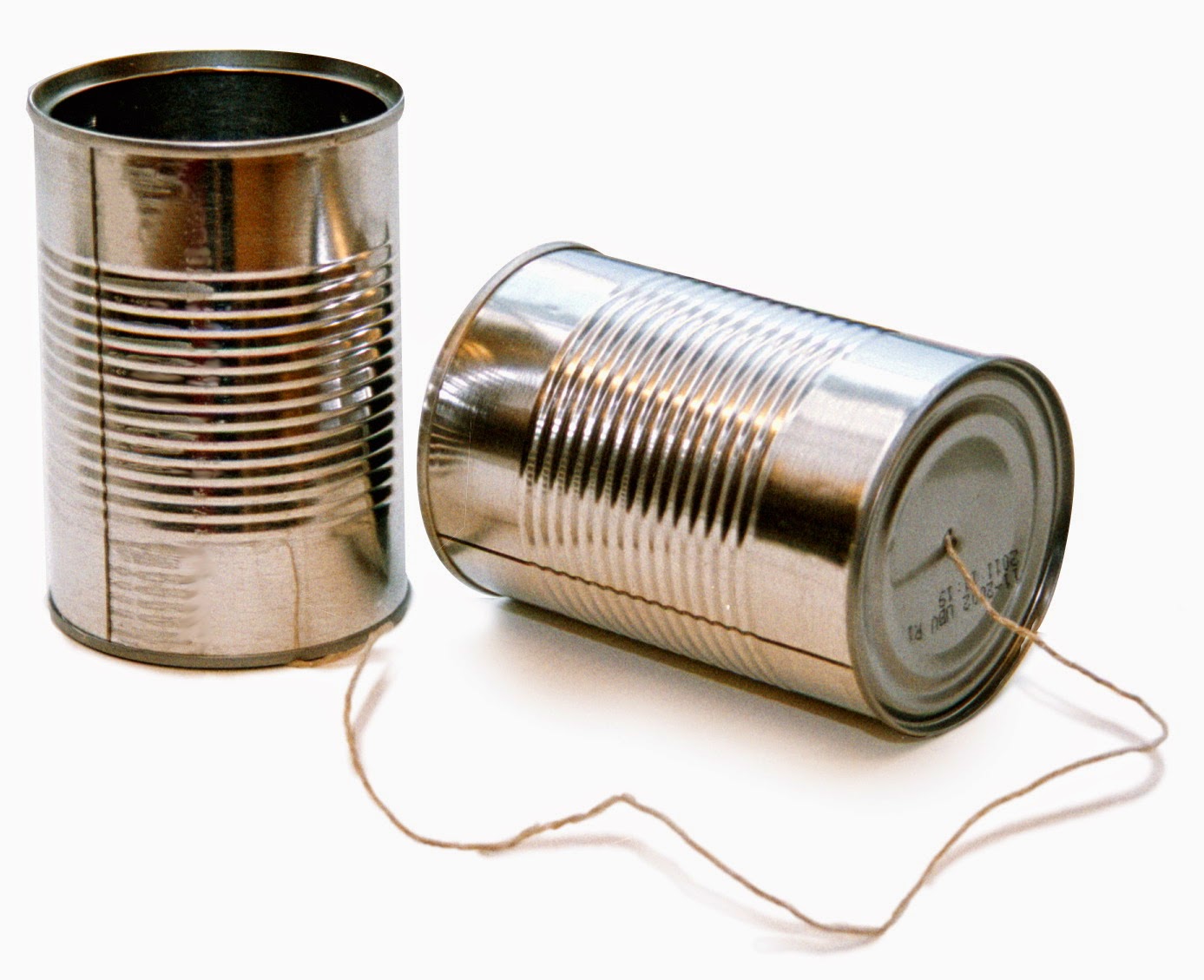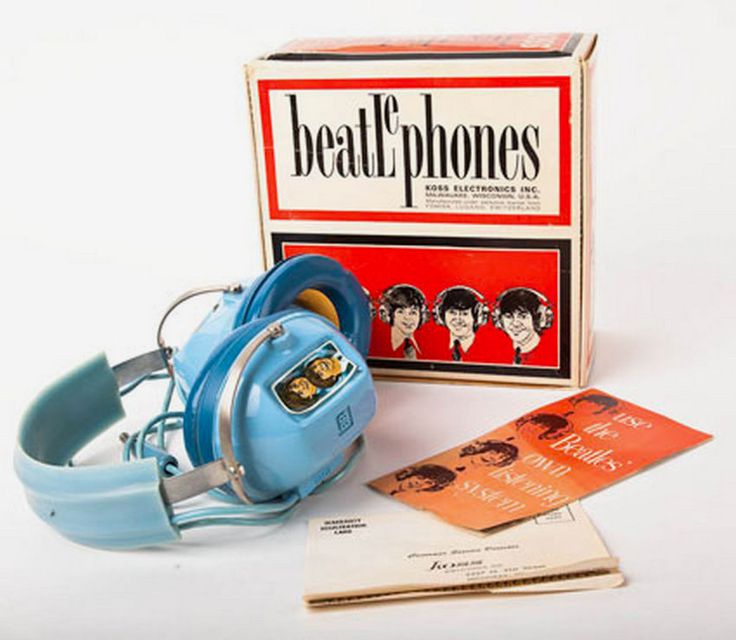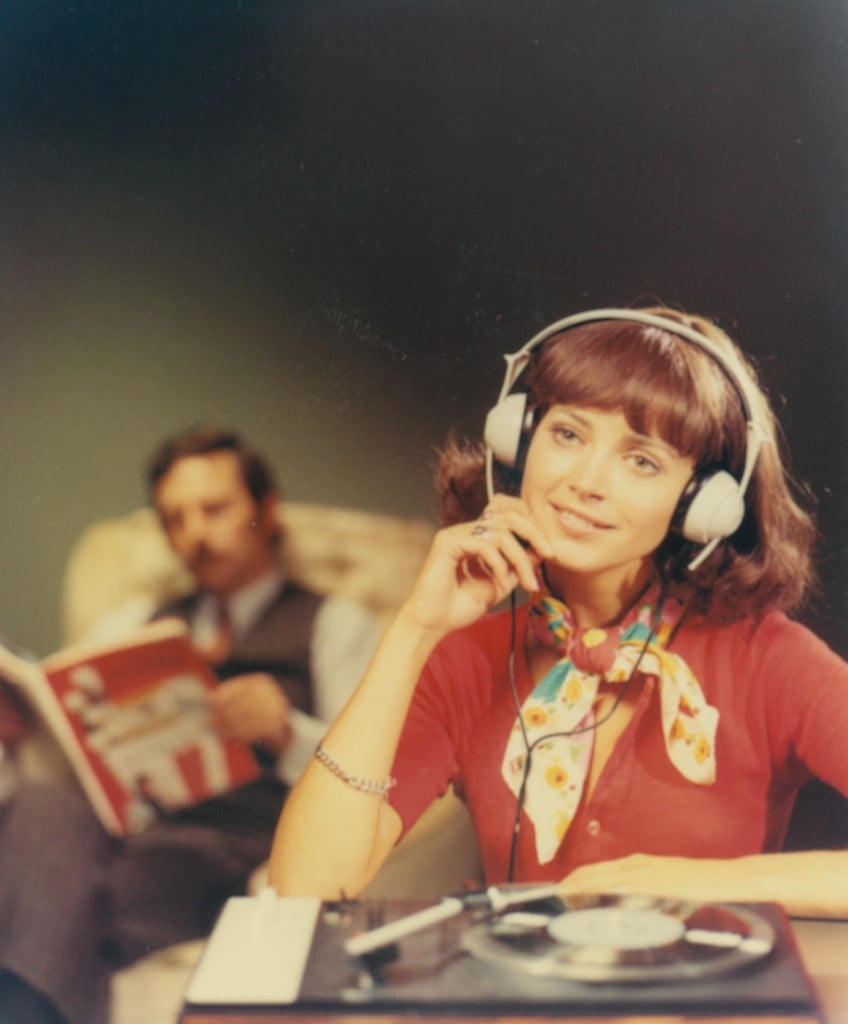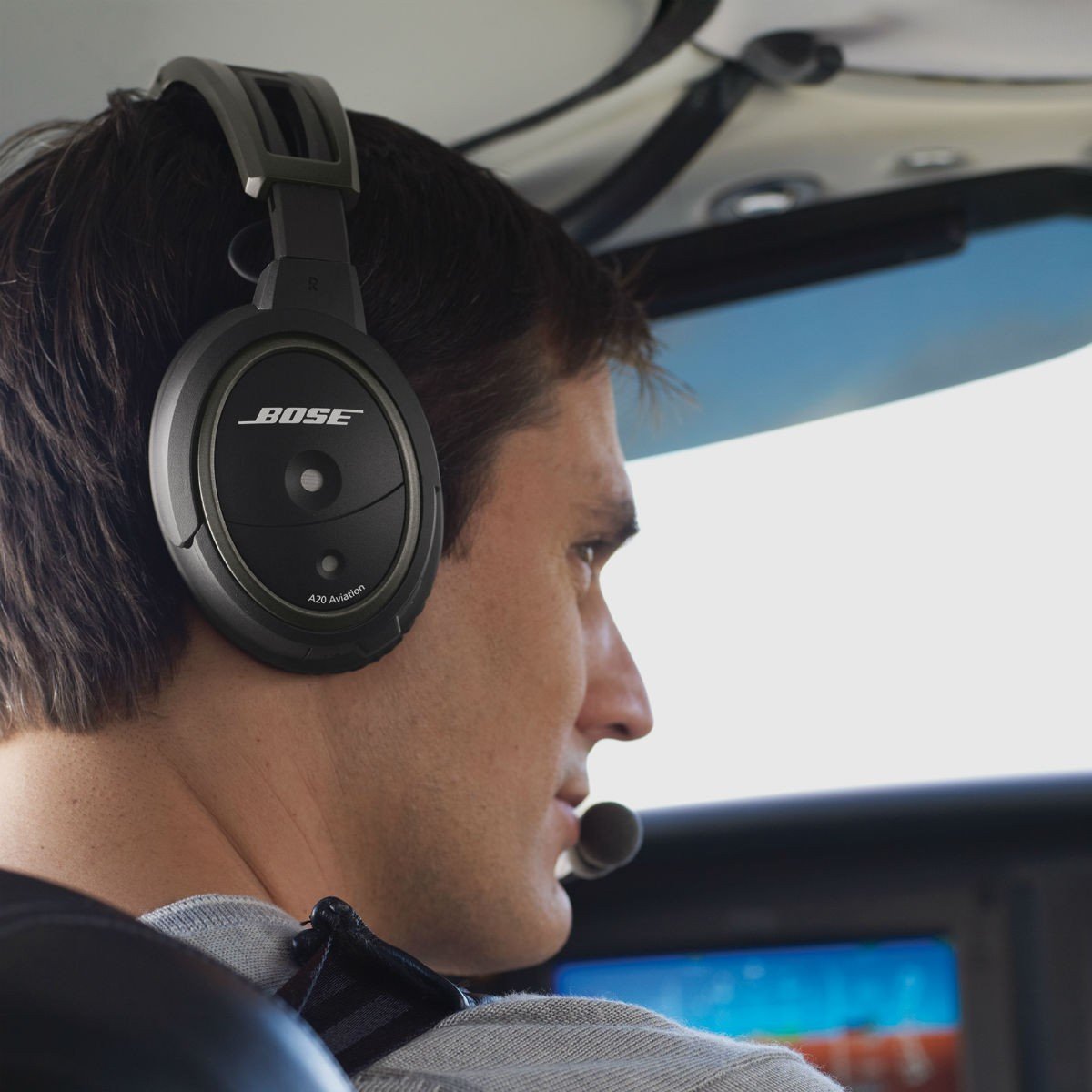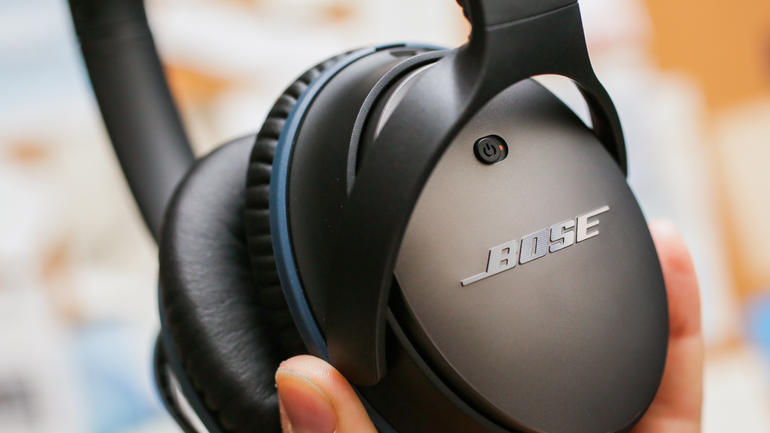Owning a headphone could mean a different thing for different people. For some, it act as a fashion statement. It’s easy to spot these people, the headphone are almost always just hanging around the neck.
While for others, headphones can also serve as a mandatory piece of contraption to block out distraction, giving them space and time to escape into their own world. We took headphones for granted but they actually had come a long way and evolved quite a bit since. Although there’s nothing life-changing that we need to know about our headphones, we thought that it will at least serve as an interesting water-cooler conversation starter.
1. The first headphones had only one earpiece
In the 1880s, telephone operators used a somewhat simplified version of modern headphones. It only has a single earpiece and had to be connected to a contraption together with a mouthpiece for transmission. That contraption itself weighs between 6 – 11 pounds and has to be rested on the operator’s shoulder!
2. The first modern headphones were produced in the kitchen
Nathaniel Baldwin made the first modern headphones(two earpiece with a headband) by hand in his kitchen. It was sold to the Navy as a piece of radio equipment. But because Baldwin were making them in his kitchen, the production rate were very low, around 10 at a time. Hence, the Navy wanted to move him out of his kitchen at Utah and into a bigger and more professional facilities. However, because Baldwin was a polygamist, he refused to moved out of Utah. Another company, Wireless Specialty Apparatus Co, decided to capitalise on this and worked with Baldwin to manufacture the headphone in a factory in Utah. But on one condition: They could never increase the price of the headphones sold to the Navy. Side trivia: Baldwin dismissed the idea of patenting his headphones because he felt that it was demeaning to him to patent something so trivial. Such idealist!
3. The reason to why headphones are sometimes referred to as “Cans”
Cans was actually a slang used in the past for earpiece or for anything that produces sounds and had to be listened to by putting them to the ear. It’s also a term that are used sparingly by hipsters who googled for an easier spelling for headphones.
4. Before there were Dr Dre’s Beats, there were Koss Beatlephone
John C Koss, the father of stereo headphones, were not just an excellent inventor, he was also a genius marketer. He embrace celebrity endorsement of his product and had promptly take over the headphones market in the 60s – 70s. So it was a match made in heaven when Koss Electronics decided to team up with the biggest stars in that era to come up with Beatlephone. If you are a Beatles mega fan, you will want to own this.
5. Headphones were not meant to be portable
In the 70s, headphones were used for home-listening of records. Hence, portability of the headphone wasn’t an immediate concern for headphone manufacturers. The headphones could weigh from 1 to 2 kg. To get a relative feel of the heaviness, a Beats headphone weigh in at just 215g. It was only until Sony released the Walkman, causing a surge in demand for portable headphones and also creating the next momentum shift in headphone history.
6. Noise-cancellation technology was created because of noisy airplane engine
Found of Bose Corporation, Dr Amare Bose, were on a flight home from Zurich when he tried on a newfangled piece of airflight entertainment. However, he was deeply disappointed when all he could hear were the overwhelmingly loud air engine noise. According to legend, he immediately flipped out his notepad and started drafting his ideas for a noise-cancelling headphones. When the aircraft landed, he had already sketched out the concept that will bring Bose truckloads of wealth and fame. The noise-cancelling headphones were targeted for the aviation industry initially. In 1980s’, airlines chose to reduce fuel consumption by reducing weight of the aircraft. So interestingly enough, they decide to cost-save via removal of the insulation surrounding the cockpit. This resulted in extremely loud noises within the cockpit and there were concerns that it will cause hearing damage for the crew members in the long run. Bose’s noise-cancelling prototype headphones were used for one of those flights and it was a major success.
It was only in 2000 that Bose tweaked the noise-cancelling headphones for the mainstream market. QuietComfort series was born and from then on, Bose had truly become the iconic gold standard for noise-cancellation headphones.

